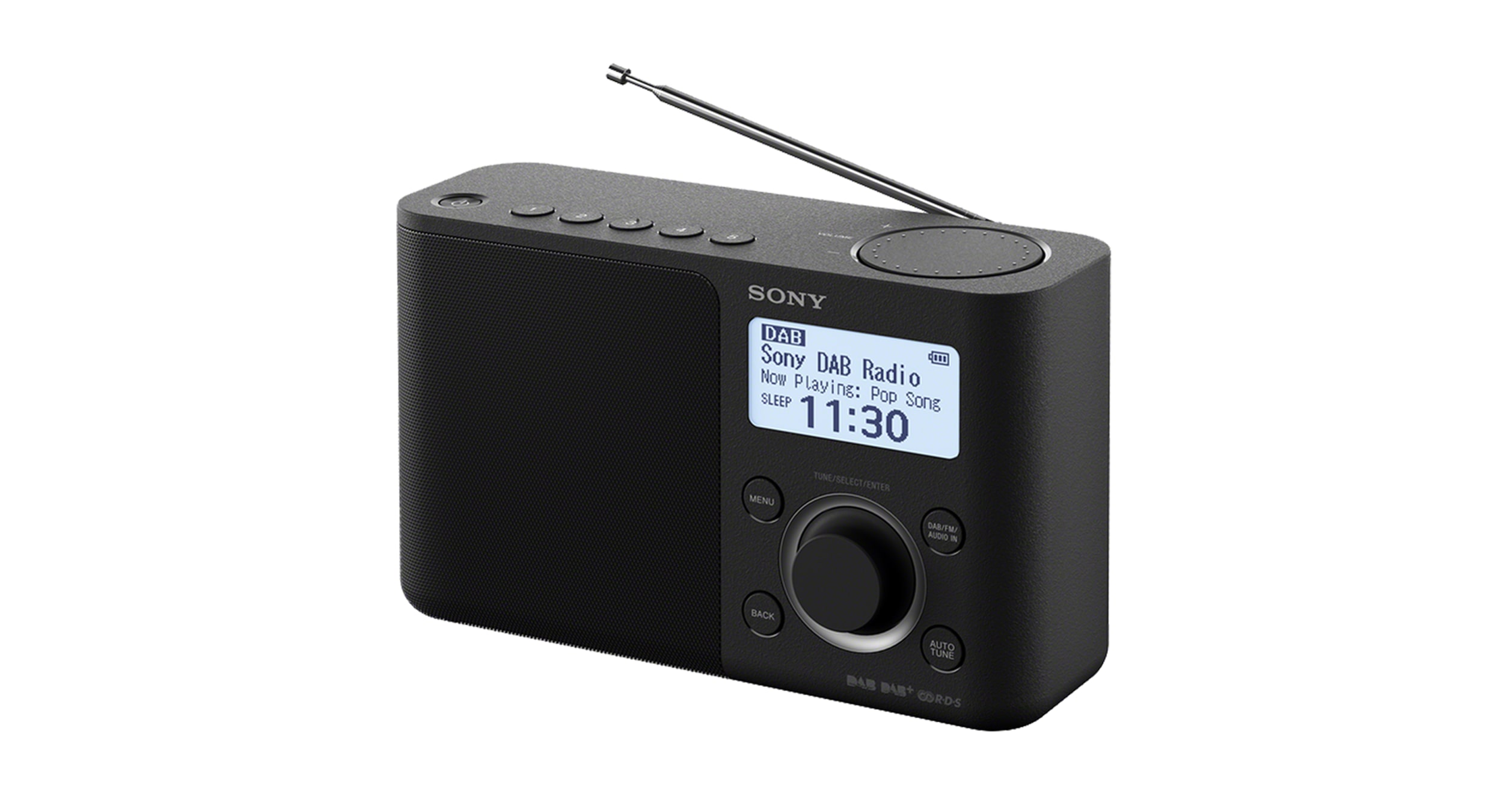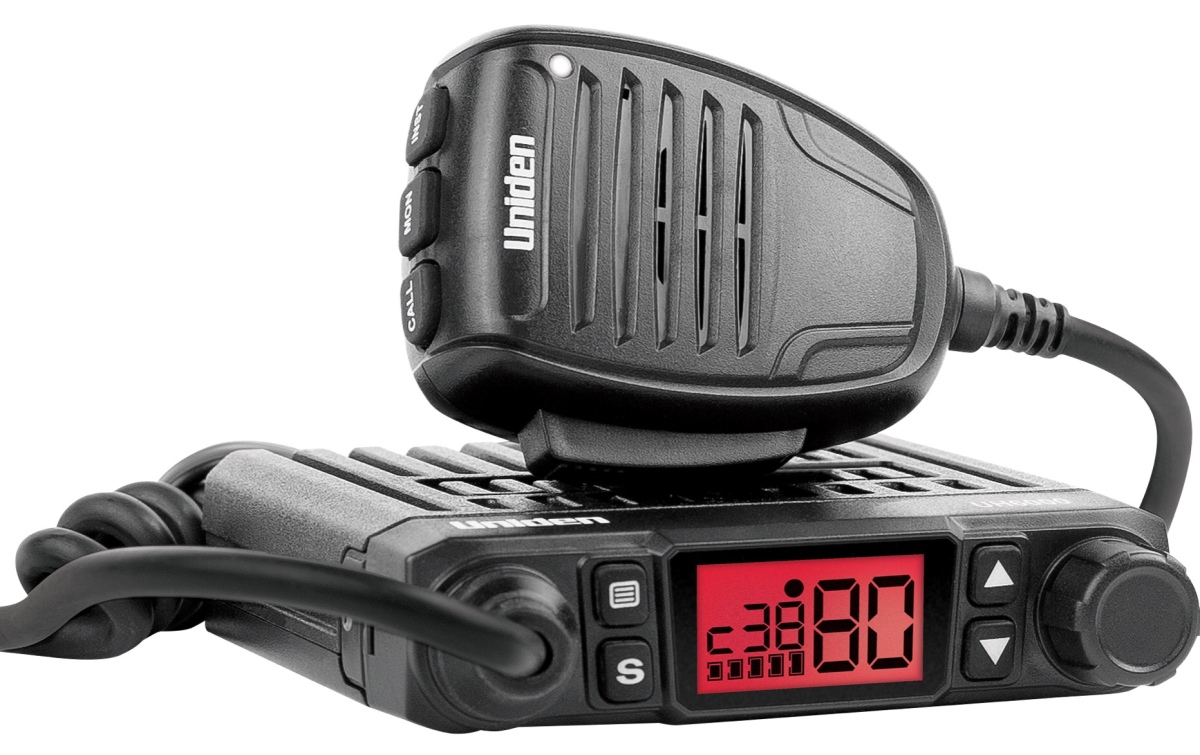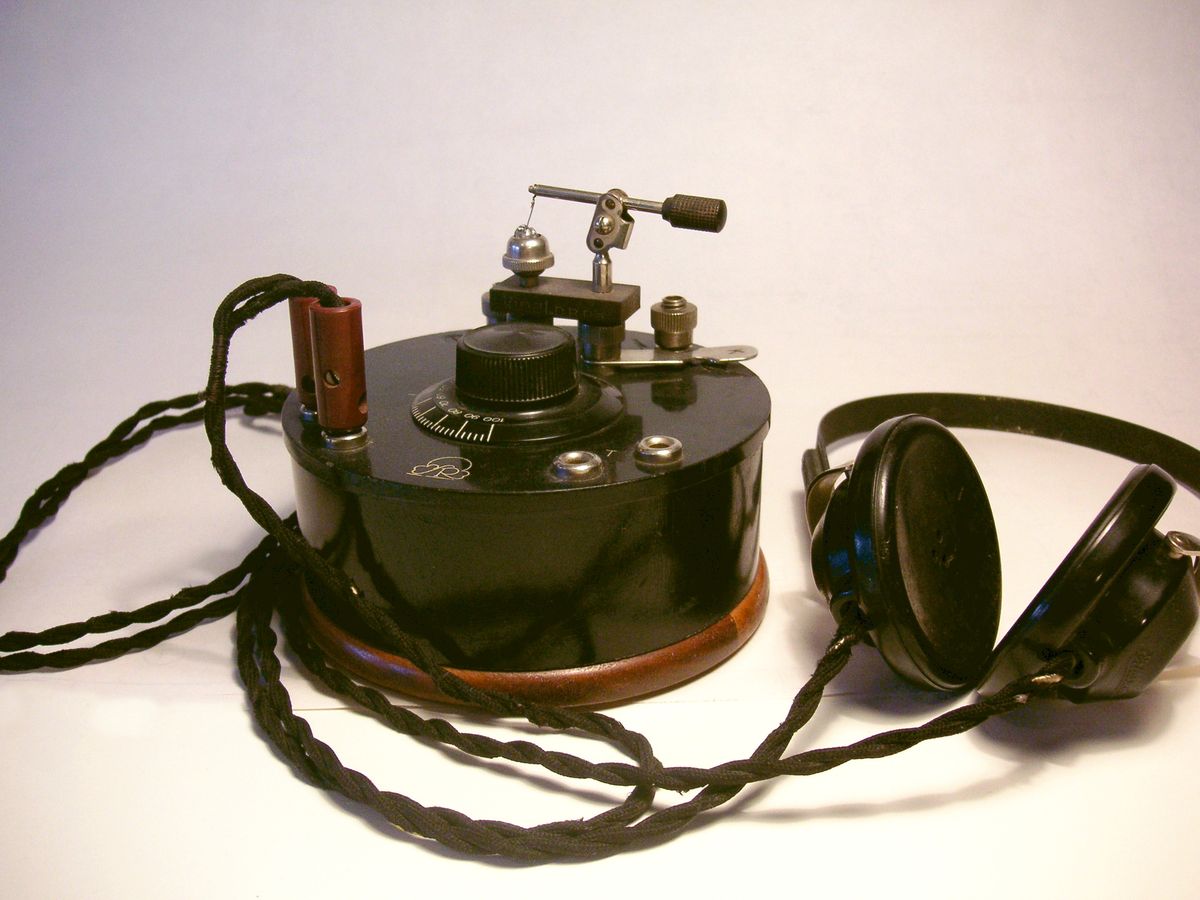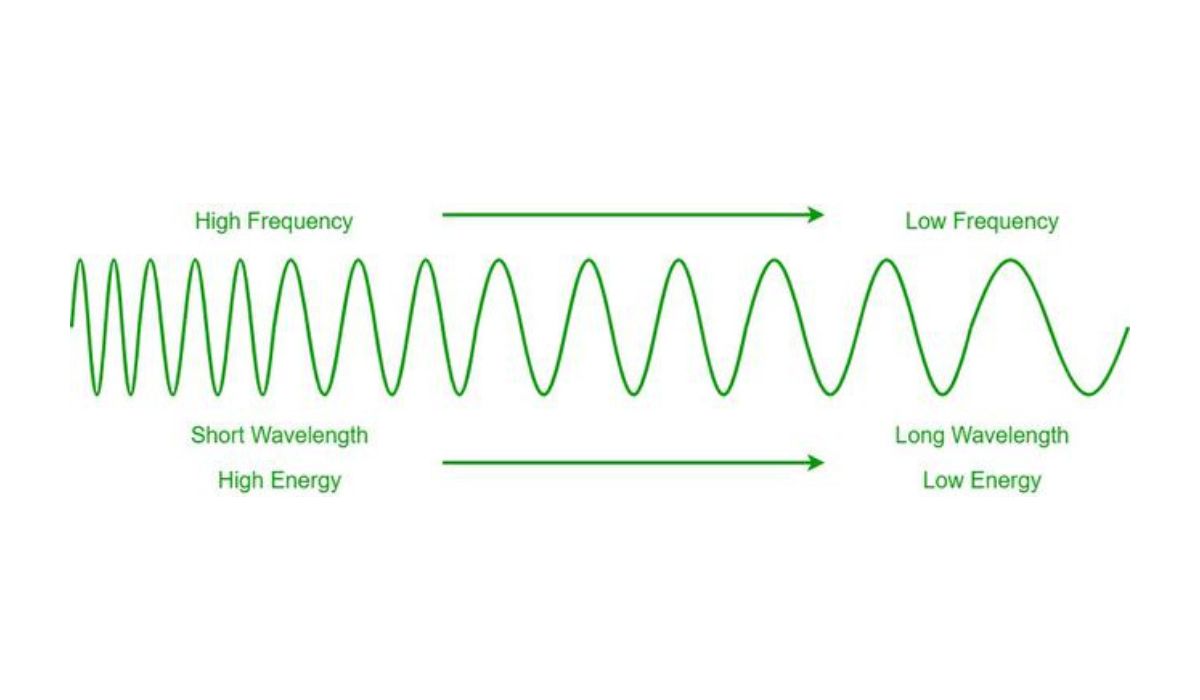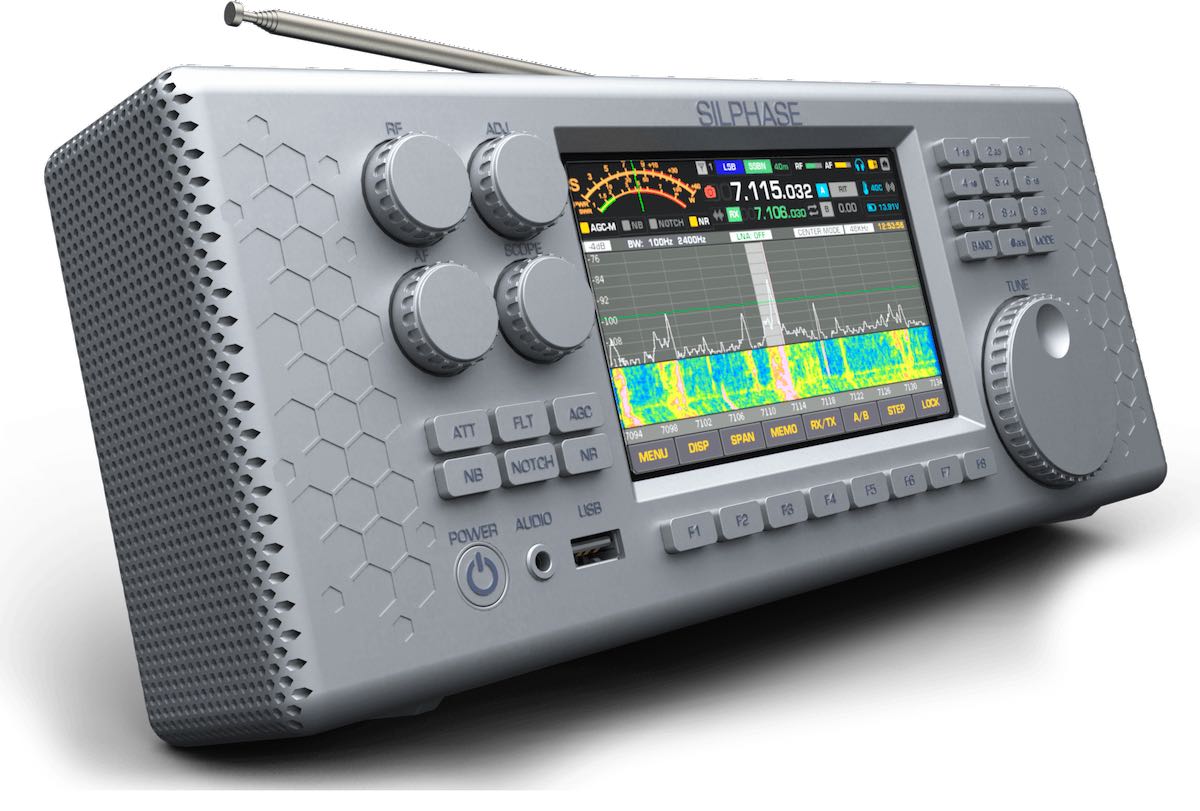Home>Devices & Equipment>Radio>What Is Radio Waves
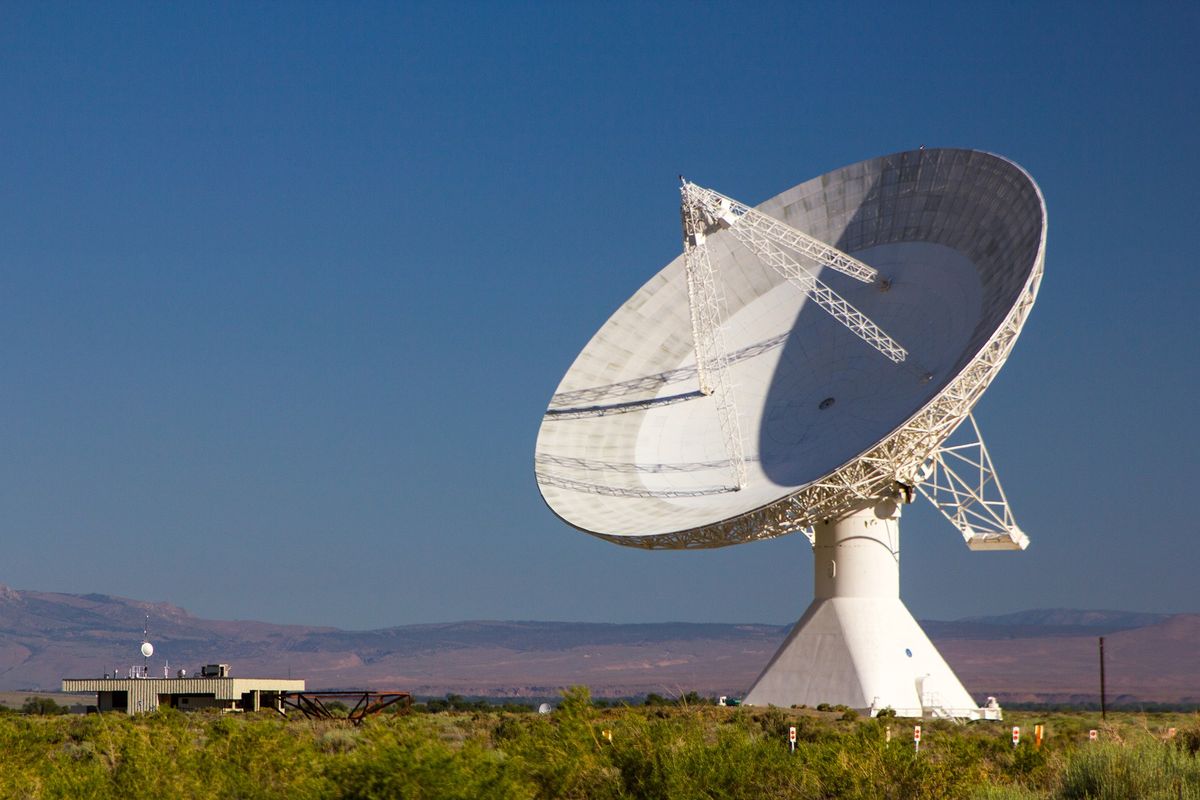

Radio
What Is Radio Waves
Modified: January 22, 2024
Discover the fascinating world of radio waves and their role in communication. Learn about the different uses and technologies that rely on radio frequencies.
(Many of the links in this article redirect to a specific reviewed product. Your purchase of these products through affiliate links helps to generate commission for AudioLover.com, at no extra cost. Learn more)
Table of Contents
Introduction
Welcome to the world of radio waves, an incredible phenomenon that has revolutionized communication across the globe. Have you ever wondered how your favorite radio station broadcasts music and news directly to your home or car? Or how emergency responders use radios to coordinate their efforts in times of crisis? These fascinating applications are made possible by the transmission and reception of radio waves.
Radio waves are a type of electromagnetic radiation that are used for wireless transmission and communication. They were first predicted by the brilliant scientist James Clerk Maxwell in the 19th century, and then later discovered and studied by pioneers like Heinrich Hertz and Guglielmo Marconi. Today, radio waves are an essential part of our daily lives, enabling us to communicate over vast distances without the need for physical connections.
Whether you realize it or not, radio waves are all around us. They are constantly being emitted by various electronic devices, such as Wi-Fi routers, cell phones, and even household appliances. These waves travel through the air at the speed of light, allowing them to carry information over long distances.
Understanding the characteristics, generation, and propagation of radio waves is crucial in comprehending how radio technology works. This knowledge not only helps us make sense of the devices we use every day, but also provides insights into the exciting world of radio broadcasting.
In this article, we will delve into the fascinating realm of radio waves. We will explore their definition, characteristics, and how they are generated. We will also discuss the different ways in which radio waves propagate through space and examine the various applications they have in our modern society. Lastly, we will consider the advantages and disadvantages of radio waves and their impact on communication.
So, buckle up and get ready to embark on a journey through the mesmerizing world of radio waves!
Definition of Radio Waves
Radio waves are a form of electromagnetic radiation with wavelengths ranging from a few millimeters to several kilometers. They are a type of energy that carries signals or information through space, enabling wireless communication.
These waves are a part of the broad electromagnetic spectrum, which encompasses various types of energy, including visible light, infrared, ultraviolet, X-rays, and gamma rays. However, radio waves have relatively longer wavelengths and lower frequencies compared to other forms of electromagnetic radiation.
The measurement unit for radio waves is the hertz (Hz), named after Heinrich Hertz, a German physicist who made significant contributions to the field of electromagnetism. Radio waves typically range from a few kilohertz (kHz) to several hundred gigahertz (GHz) in frequency.
One of the key properties of radio waves is their ability to travel through various materials and the atmosphere, making them well-suited for long-distance communication. Unlike visible light, which can be obstructed by objects, radio waves can pass through walls, buildings, and even the Earth’s atmosphere, allowing for reliable transmission across wide areas.
The behavior of radio waves is governed by their frequency and wavelength. Higher frequency waves have shorter wavelengths and can carry more information, but they also have a limited range and are more prone to interference. On the other hand, lower frequency waves have longer wavelengths, can penetrate obstacles better, and have a greater range, but they can carry less data.
Radio waves are generated by electronic devices called transmitters. These transmitters convert audio or data signals into electromagnetic waves and broadcast them into the surrounding space. Once the radio waves reach the destination, they are received by another electronic device called a receiver, which converts them back into audio or data signals for the intended recipient.
From AM and FM radio broadcasts to cellular communication and satellite signals, radio waves have become an integral part of our modern society. The ability to transmit and receive information wirelessly has revolutionized the way we communicate, connect, and access information.
In the next section, we will explore the various characteristics of radio waves and how they play a crucial role in their applications.
Characteristics of Radio Waves
Radio waves possess several distinct characteristics that make them unique among the different types of electromagnetic radiation. Understanding these characteristics is essential in comprehending the behavior of radio waves and their applications. Let’s explore some of these key characteristics:
- Wavelength: Radio waves have longer wavelengths compared to other forms of electromagnetic radiation. They can range from a few millimeters to several kilometers in length.
- Frequency: Frequency is the number of complete cycles or oscillations that a wave completes in one second. Radio waves have lower frequencies compared to other electromagnetic waves. The frequency range for radio waves typically falls between a few kilohertz (kHz) and several hundred gigahertz (GHz).
- Propagation: Radio waves can propagate through various media, including air, vacuum, and other materials. Depending on their frequency and wavelength, radio waves can travel through the atmosphere or be reflected, refracted, or diffracted by different objects, allowing for long-range transmission.
- Penetration: Radio waves have the ability to penetrate through obstacles such as buildings and walls. This characteristic allows for reliable communication, even when the transmitter and receiver are not in the line of sight.
- Interference: Radio waves can be subject to interference from various sources, such as other electronic devices or natural phenomena. Interference can result in distortion or degradation of the transmitted signal, affecting the quality of reception.
- Bandwidth: Bandwidth refers to the range of frequencies that a radio wave can occupy. It determines the amount of information that can be transmitted within a given period. Higher frequency radio waves have larger bandwidths and can carry more data, allowing for faster communication.
- Modulation: Modulation is the process of varying the characteristics of a carrier wave (in this case, a radio wave) to encode and transmit information. Common modulation techniques include amplitude modulation (AM) and frequency modulation (FM), used in radio broadcasting.
These characteristics play a crucial role in shaping how radio waves are used in various applications. From AM and FM radio broadcasts to wireless communication, radar systems, and satellite communications, radio waves provide a versatile and reliable means of transmitting information wirelessly over long distances.
In the next section, we will explore the generation of radio waves and how they are produced in different devices.
Generation of Radio Waves
The generation of radio waves involves the conversion of electrical signals into electromagnetic waves that can be transmitted through space. This process is achieved through the use of specialized devices known as transmitters. Let’s take a closer look at how radio waves are generated:
1. Oscillators: The heart of a transmitter is an oscillator, which generates an alternating current (AC) signal at a specific frequency. The oscillator circuit consists of electronic components that create a continuous oscillation or vibration at the desired frequency.
2. Amplifiers: The output signal from the oscillator is typically weak and needs to be amplified to a higher power level for transmission. Amplifiers in the transmitter increase the strength of the signal without distorting its original waveform.
3. Modulation: Before the signal is transmitted as a radio wave, it is modulated to carry information such as sound or data. There are different modulation techniques, including amplitude modulation (AM), frequency modulation (FM), and phase modulation (PM). Modulation alters the characteristics of the carrier wave, encoding the information into the radio wave.
4. Antenna: Once the electrical signal is amplified and modulated, it is fed into an antenna. The antenna serves as a transmitter, converting the electrical energy into electromagnetic waves and radiating them into space. The size and design of the antenna depend on the frequency of the radio wave being transmitted.
5. Radiation: As the radio waves are emitted by the antenna, they travel through the surrounding space. The waves carry the information encoded by the modulation process. The speed at which the waves propagate is the speed of light.
6. Transmission: The radio waves are transmitted from the antenna into the surrounding environment, whether it is through the atmosphere, space, or other mediums. The distance that the waves can travel depends on factors such as frequency, power, and obstacles in the transmission path.
By generating and transmitting radio waves, transmitters enable the wireless communication that we rely on in various aspects of our lives. From broadcasting music and news over AM and FM radio frequencies to enabling mobile phone calls and wireless internet connectivity, the generation of radio waves has revolutionized the way we communicate.
In the next section, we will explore the propagation of radio waves and how they travel through space.
Propagation of Radio Waves
The propagation of radio waves refers to the way in which these electromagnetic waves travel through space from the transmitter to the receiver. Understanding the propagation characteristics is essential for designing effective communication systems and ensuring reliable transmission. Let’s explore the different ways in which radio waves propagate:
1. Ground Wave Propagation: This is the primary mode of propagation for radio waves at lower frequencies, typically up to a few megahertz (MHz). Ground wave propagation occurs when radio waves follow the curvature of the Earth’s surface. These waves can penetrate obstacles like buildings, trees, and hills, allowing for communication over short to moderate distances.
2. Sky Wave Propagation: Sky wave propagation occurs when radio waves are reflected or refracted by the ionosphere, a layer of charged particles in the Earth’s upper atmosphere. This allows radio waves to be bent back to Earth and travel long distances beyond the line of sight. Sky wave propagation is utilized in long-distance AM radio broadcasts and international shortwave communications.
3. Line-of-Sight Propagation: Line-of-sight propagation refers to the direct path between the transmitter and receiver without any significant obstacles or obstructions. This mode of propagation is commonly used in high-frequency microwave communications, including satellite links and point-to-point wireless communication systems.
4. Tropospheric Scatter Propagation: Tropospheric scatter propagation takes advantage of the scattering of radio waves by small irregularities in the Earth’s lower atmosphere, known as tropospheric scatter. This propagation mode is used for over-the-horizon radar systems and non-line-of-sight communication at microwave frequencies.
5. Diffraction: Diffraction occurs when radio waves encounter an obstacle such as a building or a large object. The waves bend around the edges of the obstacle, allowing them to reach areas that would be otherwise obstructed. Diffraction is responsible for the ability of radio waves to penetrate into buildings and provide coverage in urban environments.
The propagation of radio waves can be influenced by various factors, including frequency, wavelength, power, atmospheric conditions, and the presence of obstacles. It’s important to consider these factors when designing communication systems to ensure optimal performance and coverage.
By understanding the different modes of propagation and the factors that affect them, engineers and communication experts can effectively plan and optimize radio networks, ensuring reliable communication and seamless connectivity.
In the next section, we will explore the diverse applications that make use of radio waves in our everyday lives.
Applications of Radio Waves
Radio waves have a wide range of applications in our modern society, enabling us to communicate, access information, and stay connected in various ways. From broadcasting to wireless communication, let’s explore some of the key applications of radio waves:
1. Broadcasting: One of the most well-known applications of radio waves is in broadcasting. AM (Amplitude Modulation) and FM (Frequency Modulation) radio stations use radio waves to transmit music, news, and talk shows over long distances. These radio waves are received by radios in homes, cars, and portable devices, allowing people to access a wide range of content.
2. Wireless Communication: Radio waves are the foundation of wireless communication systems such as cellular networks. They enable mobile phones and other wireless devices to transmit and receive voice and data signals, allowing people to make phone calls, send text messages, access the internet, and use various apps on the go.
3. Radar Systems: Radio waves are utilized in radar (Radio Detection and Ranging) systems to detect and track objects, measure their distance, speed, and direction. Radar systems are crucial in aviation for air traffic control, weather monitoring, and military applications such as surveillance and missile guidance.
4. Satellite Communication: Satellites in space use radio waves for communication. They receive signals from the ground, amplify them, and retransmit them back to Earth, providing global coverage for television broadcasts, internet connectivity, GPS navigation, weather monitoring, and more.
5. Wi-Fi and Bluetooth: Wi-Fi and Bluetooth technologies, which are prevalent in our homes, offices, and public spaces, rely on radio waves. Wi-Fi allows wireless internet connectivity, enabling devices to connect to the internet without the need for physical cables. Bluetooth enables wireless connections between devices such as smartphones, headphones, speakers, and computer peripherals.
6. Two-Way Radios: Two-way radios, also known as walkie-talkies, utilize radio waves for short-range communication. They are widely used in various industries, including emergency services, security, construction, and outdoor activities, facilitating instant communication between individuals or groups.
7. RFID and NFC: Radio Frequency Identification (RFID) and Near Field Communication (NFC) technologies use radio waves to facilitate identification and data exchange. RFID tags are used in inventory management, tracking and tracing systems, and contactless payment systems. NFC enables features like mobile payments and device pairing through close-range communication.
These are just a few examples of the diverse applications of radio waves in our daily lives. From traditional radio broadcasting to cutting-edge wireless technologies, radio waves have revolutionized communication, connecting people and enabling the transfer of information across vast distances.
In the next section, we will examine the advantages and disadvantages of radio waves as a communication medium.
Advantages and Disadvantages of Radio Waves
Radio waves, as a form of wireless communication, offer several advantages and disadvantages. Understanding these pros and cons is important in evaluating the suitability of radio waves for different applications. Let’s examine the advantages and disadvantages of radio waves:
- Advantages:
- Wide Coverage: Radio waves can propagate over long distances, enabling communication across vast areas without the need for physical connections.
- Wireless Transmission: Radio waves allow for wireless communication, providing convenience, mobility, and flexibility.
- Penetration: Radio waves can penetrate obstacles such as buildings and walls, ensuring communication is possible even in obstructed environments.
- Cost-effective: Implementing and maintaining radio wave-based communication systems can be more cost-effective compared to wired infrastructure.
- Scalability: Radio wave networks can easily expand and accommodate additional users and devices without the need for extensive infrastructure modifications.
- Reliability: Radio waves can provide reliable communication even in cases of natural disasters or emergencies, making them valuable for critical communication systems.
- Disadvantages:
- Interference: Radio waves can be susceptible to interference from other electronic devices or external factors such as atmospheric conditions, resulting in degraded signal quality and reception.
- Limited Bandwidth: Compared to wired communication, the available bandwidth for radio wave-based systems is typically more limited, limiting data transfer rates.
- Security: Radio wave signals can be intercepted, posing a potential security risk for sensitive information if proper encryption and security measures are not in place.
- Environmental Factors: Radio wave propagation can be affected by environmental conditions such as atmospheric disturbances, interfering with signal strength and range.
- Regulation: The use of radio waves is regulated by government agencies to prevent interference and allocate spectrum resources, which can add complexity and limitations to their usage.
- Distance Limitations: While radio waves can propagate over long distances, their range is still limited compared to wired communication methods. This can lead to the need for repeaters or additional infrastructure for extended coverage.
Despite the drawbacks, radio waves have revolutionized communication, enabling wireless connectivity, broadcasting, and various applications. The advantages of wide coverage, wireless transmission, and scalability have made radio waves an indispensable part of our modern society.
In the next section, we will conclude our exploration of radio waves and their impact on communication.
Conclusion
Radio waves have transformed the way we communicate and connect with each other. From broadcasting music and news to enabling wireless communication and satellite-based services, radio waves have become an indispensable part of our daily lives.
In this article, we have explored the definition of radio waves and their unique characteristics. We have learned about their generation through transmitters and the propagation methods they employ to travel through space. We have also examined the diverse applications of radio waves, ranging from broadcasting and wireless communication to radar systems and satellite communication.
Radio waves offer numerous advantages, including wide coverage, wireless transmission, and scalability. They enable long-distance communication, penetrate obstacles, and provide cost-effective solutions. However, radio waves also have their disadvantages, such as susceptibility to interference, limited bandwidth, and security concerns.
Despite the challenges, radio waves continue to evolve and play a vital role in our interconnected world. Research and advancements in radio technology seek to improve efficiency, enhance security measures, and expand bandwidth capabilities. As society continues to rely on wireless communication, radio waves will remain a key element in shaping our future.
Whether it’s tuning in to your favorite radio station, making a mobile phone call, or accessing the internet via Wi-Fi, the presence of radio waves surrounds us. Understanding the science and applications of radio waves not only allows us to appreciate the technology behind it but also empowers us to explore new possibilities and innovations in the field of communication.
So, the next time you listen to the radio, pick up your mobile phone, or enjoy wireless connectivity, take a moment to reflect on the fascinating world of radio waves and the impact they have on our interconnected world.-





